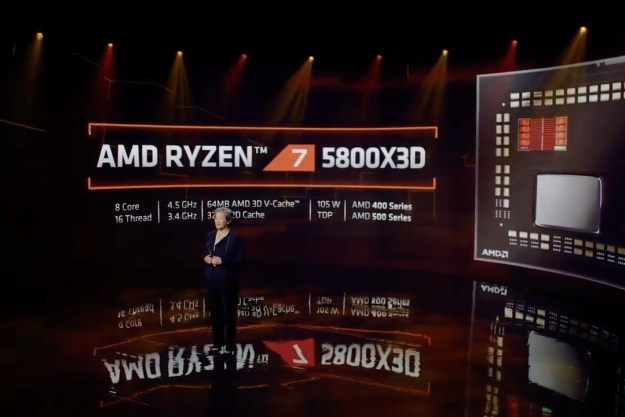The episode follows the plight of 23-year-old photographer James Dunn, for whom using a camera in the way that most of us can is simply not possible.
“James suffers from a terminal illness called epidermolysis bullosa,” inventor Jude Pullen, who is featured on the program, told Digital Trends. “It basically means that the collagen between the top layer of his skin and the subdermal layer aren’t as adhesive as in normal skin.
“As a result, his skin is very fragile and any dragging movement or pressure, like pressing the button on a camera, is incredibly difficult. His fingers are also fused together, which means that he doesn’t have a fine pressure point that he can easily have any dexterity with. It [additionally] means that the jog wheel on SLR cameras is not accessible to him, and in addition the lens can’t be adjusted manually.”
Fortunately, Pullen and helpers created a solution for Dunn: a motorized, 3D-printed system called a “Zocus,” which lets him control both the zoom and focus of his camera lens using a mobile device like a tablet or smartphone. The results are fantastic to watch.
But you don’t have to stop at simply watching the episode. That’s because Pullen has made Zocus available as an open-source 3D printing project: hopefully, this will open up the possibility of helping other disabled photographers around the globe.
You’ll need access to a 3D printer (or the use of 3D-printing vendors such as Shapeways) and a few other tools, but the finished piece should cost only $100 to $250.
“The pros should be able to skip through the open-source guide very easily, and won’t need to be schooled in things like how to use a soldering iron,” Pullen told us, concerning the instructions he has posted online. “But I’ve assumed very little prior knowledge or experience on the part of readers, so I have tips ranging from using a 3D printer to soldering if you’ve never done this before.”
Editors' Recommendations
- Nvidia turns simple text prompts into game-ready 3D models
- AMD is bringing 3D V-Cache back to Ryzen 7000 — but there’s a twist
- AMD Ryzen 7 5800X3D beats predecessor, but AMD promised more
- AMD teases performance of its revolutionary 3D V-cache chip
- Fighting football injuries with 3D-printed, hyper-personalized pads


